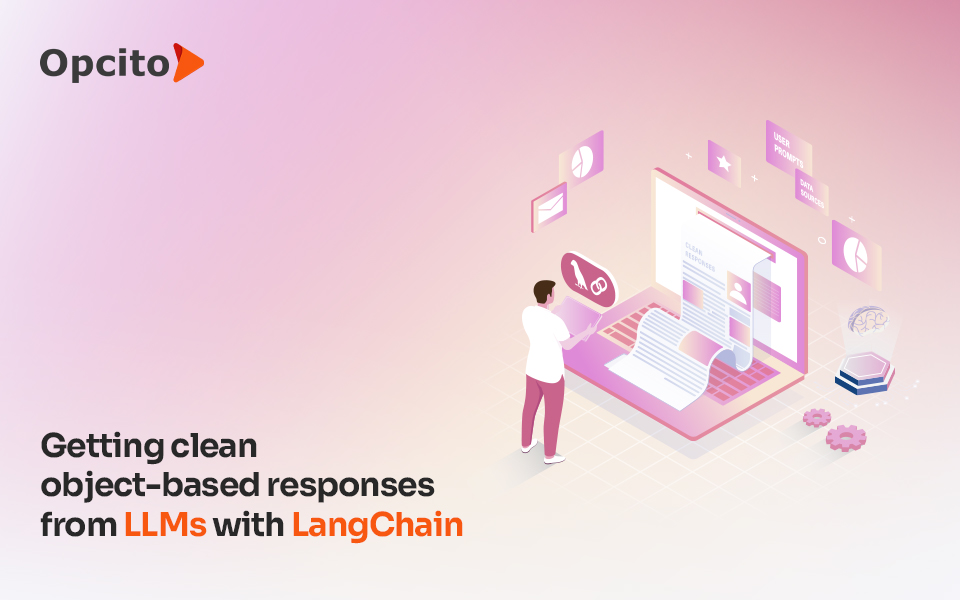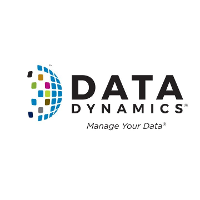If you oversee cloud infrastructure in your organization, chances are high that you've already had multiple discussions about bringing down your cloud costs this year. With organizations bracing for an economic slowdown in 2023, cost pressures are here, and budgets are getting tighter – even around cloud usage.
This does not mean that the cloud is losing popularity. Organizations all around the globe will continue to embrace the cloud and expand its use. Gartner forecasted that the end-user spending on public cloud services would grow more than 20% to $591.8 billion in 2023. This is up from $490 billion in 2022.
Indeed, the cloud brings multiple benefits to organizations, and that's why we see it being increasingly embraced, but the economic conditions in 2023 will force organizations to take intelligent steps to reduce their cloud provider bill. Let's look at nine ways that can help you keep your cloud costs from getting out of hand:
-
Review billing & pricing information and set budgets
Cloud vendors provide a detailed bill that encompasses the cost breakdown of the cloud services you use. Use this information to get an idea of where you can control and cut costs. Firstly, prioritize the high-spend areas, analyze them, and look at areas where cost savings come without compromizing on speed or quality. Understanding the costs involved in these high-spend areas will help you take more informed decisions and steer clear of paying for redundant resources. Ensure that all the stakeholders are aware of the budgets and project goals. Always facilitate communication between product leadership, engineering leaders, and other executives so they will understand the costs they will incur instead of choosing an arbitrary number for the budget.
Set budgets to plan your cloud strategy and stick to them. There are different cloud cost models that fit the organizational needs and help you stay within your budget. A few common ones are pay-as-you-go, flexible-pay-as-you-go, and prepaid/fixed subscription. Note that you can blend these cost models to find the ideal deal for your organization.
-
Identify unutilized and idle resources
An easy way to optimize your cloud computing costs is by looking for unutilized, unattached, and idle resources. They, too, come at a price. Sometimes, developers or administrators provision temporary servers but forget to de-provision them after use. At times, they also fail to remove storage attached to instances that are terminated. Cloud providers don't shy away from charging you for these idle resources. Dropping the ball on deleting such resources – resources that are not used anymore is a huge reason for inflated cloud bills.
Eliminate unnecessary expenses by adopting a cloud cost optimization strategy to find and eliminate unutilized and idle resources. Look at the different options that cloud providers offer for better load balancing, auto-scaling, and on-demand options to help you scale the capacity up and down as necessary.
-
Right-size the services
Right-sizing has proved to be one of the most effective ways to save on cloud computing costs. Paying for what is not needed is a waste of the budget. Right-sizing focuses on resource capacity vs. usage. It involves continuous monitoring of usage patterns and instances, conducting instance performance analysis, determining where you're paying for unused capabilities, and then lowering the sizes of the provisioned capacity to right size capacity.
Resource needs are dynamic, and adopting right-sizing as an ongoing practice is highly beneficial for cost optimization. Manually sizing instances are, however, close to impossible without the help of right-sizing tools. Enforce tagging, take full advantage of right-sizing tools, and establish scheduled right-sizing activities. Analyze and modify computing services to the most efficient size based on recommendations of the right-sizing tools for more significant savings.
-
Set up your cloud for monitoring
Organizational leaders, IT heads, and technical experts need to focus on visibility, optimization, and consistency in cloud spending as the infrastructure complexity of cloud platforms continues to develop with greater consumption of services, accounts, and users. Cloud cost monitoring needs to be a cornerstone of your IT strategy now more than ever.
Establishing awareness and a sense of accountability for cloud spending throughout the entire organization is crucial. This may be done by creating detailed dashboards and analytical reports with clear cost metrics that not only give visibility into cloud expenses but also aid in analyzing spending patterns within the organization and identifying unexpected cost spikes, wastage, and anomalies. Your team will take cost optimization tactics more seriously if you hold them all, including central IT, accountable for what they use and spend in the cloud. This is essential for reaching goals within your budget and establishing true governance.
-
Optimize cloud spending with observability
Today, all conversations around site reliability engineering focus on observability. Observability is the remedy for distributed systems' turmoil. It gives context, essential for identifying the underlying causes of problems, addressing them, and enhancing performance over time. Observability provides excellent visibility into distributed applications for quicker, automated issue identification and resolution. IT problems result in damaged reputation, loss of revenue, and decreased developer productivity. When issues arise, IT teams spend a lot of time and effort in firefighting those issues. This is always a costly affair. Observability can prevent unnecessary downtime by flagging issues in nascent stages, foresee data breaches, work in real-time, and quickly resolve network issues – all beneficial for substantial cost savings.
-
Keep a tab on data transfer fees
Moving data to and from a public cloud can get expensive. Cloud suppliers often levy data egress costs when moving data off their platforms. They sometimes even charge you to shift data between regions in the same cloud. Keep a tab on the data transfer fees and bring them down by avoiding unnecessary data transfers.
Analyze the transfer costs charged by your cloud vendor and modify the architecture to reduce the required data transfer. For instance, moving on-premises apps that often access cloud data to the cloud can eliminate wasteful transfers. Evaluate the costs and data transfer methods that each provider provides. Compare the price of dedicated network connection services like Google Cloud Interconnect, AWS Direct Connect, and Azure ExpressRoute, versus the cost of using physical transfer devices such as Azure Data Boz and AWS Snowball and take a call on what will be more economical in the long run.
-
Single vs. multi-cloud deployment
Choosing between a single or a multi-cloud strategy is truly based on the type of organization, its products/services, its goals, and how it functions. While some organizations experience the benefits of sticking to a single provider, many have experienced more significant benefits of the multi-cloud approach. They both come with their advantages, disadvantages, and security challenges. By far, multi-cloud is the more popular strategy among the two, especially when it concerns modern enterprises.
When it comes to multi-cloud, organizations can choose the best services among the multiple options available. They can opt for the most economical choice when the cost is a concern. Let's not forget the level of competition among the cloud providers, and the drive to provide the best services. A multi-cloud approach ensures you get a highly competitive price while leveraging the best-in-class services and avoiding vendor lock-in.
A single vendor can provide discounts, especially when you make large-volume purchases. Also, opting for a single vendor simplifies cloud orchestration and management. This simplicity directly translates to cost and time-saving. Also, data egress fees generally do not apply when you opt for a single vendor. Switching between multiple cloud platforms could be a struggle in some cases and may need extra training. Choosing between a single-vendor or multi-cloud depends on the type of organization and its needs, and picking the right choice plays a crucial role in your overall cloud costs.
-
Implement a cloud-native architecture
Cloud-native is not 'where' applications are created and deployed but 'how' they are developed and deployed. Being future-ready is one way to cut down on your long-term cloud costs. At a high level, cloud-native means applications that are explicitly designed to reside in the cloud. A cloud-native architecture uses a combination of cloud computing and different cloud services to provide a modular, adaptable infrastructure with increased scalability, improving the efficiency, productivity, and collaborative efforts of IT Ops teams. Compatibility with native cloud architecture lowers resource utilization, development, backup, and maintenance expenses. You can significantly reduce costs by turning to technologies like serverless systems that use a pay-per-use business model.
-
Do it as a team
Ultimately, cloud cost optimization lies in the hands of the people that work with the cloud. Create a program that assesses, tracks, and controls cloud costs, giving financial, managerial, and technical team members a shared responsibility of managing costs associated with the cloud. Create a training program to educate everyone in the organization on cloud costs. Be transparent about the different cloud expenses that the organization can incur. Create awareness about overprovisioning and underutilizing resources.
Optimizing cloud costs takes a lot of work. It needs a disciplined approach to get it right. While there’s no doubt that cloud usage will continue to accelerate, ensuring you don’t spend unnecessarily is more critical than ever. The ongoing economic slowdown is bound to impact cloud spending, and it is up to IT leaders to play it smart. An accurate monitoring & observability strategy, continuous insight gathering and action, and good rightsizing habits are leading factors that can lower your cloud bill.






























